What Factors Need To Be Taken Into Consideration When Purchasing The Ideal Ski Clothing For Layering For Women And Men? Take note of these things when you purchase ski clothing layers for men and woman. Remember the following layers System - Skiing is a game that is characterized by changing weather conditions as well as different levels of physical exertion. The layering system consisting of base layers (or underwear) as well as mid-layers and outer layers will help maintain temperature and ensure comfortable.
Base Layers - Select base layers that are moisture-wicking composed of synthetic materials or Merino Wool to keep your body at a comfortable temperature and ensure that you stay dry. A snug fit can increase your insulation and moisture management.
Mid-Layers. Insulate layers in the middle of your clothes, like fleece or synthetic insulated jackets can provide warmth. Select the right insulation for the weather and your personal preference for comfort. It is essential that the mid-layers of clothing are breathable so that you don't risk getting too hot when skiing.
Outer Layers. The outer layer, such as your ski jackets and trousers are required to be water-resistant, or waterproof in order to ward off the rain or snow. For better protection against weather choose breathable fabrics and features like sealed seams and adjustable cuffs.
Ventilation - Skiing can be physically demanding, resulting in increased body heat and sweat. You should look for outer layer that has mesh-lined or zippered pit zips for temperature regulation and airflow.
Mobility and Fit- Skiing requires freedom of movement, so pick clothing that provides an appropriate and comfortable fitting. It is recommended to look for joints with articulated joints or stretch panels. The ergonomic design is also good options.
Insulated Pants- Consider insulated ski pants for extra warmth, especially in cold weather. Insulated pants provide extra insulation against the cold snow and wind.
They are also known as Snow Gaiters. These are the cuffs, which can be detachable from your pants or incorporated into them which are worn over your ski boots and stop snow from getting inside. They help keep your feet dry and warm.
Helmet Compatibility: If you plan to wear a helmet while skiing, check that the hood of your jacket is adjustable and is compatible with the helmet.
Pockets and Storage - Search for pants and jackets that feature multiple pockets. They are ideal for storing small essentials like a goggle ski pass, or cell phone. Make sure that pockets are shut securely to avoid losing important things while skiing.
Visibility. Wearing ski clothing that's well-lit and brightly colored will improve your visibility, allowing people to see you better. Reflective elements, or detachable safety whistles are additional safety options to think about.
Durability. Skiing often involves contacting rough surfaces. Select durable fabrics and reinforced stitching to stand up to these demands and ensure longevity.
Review and Brand: Select ski clothing from reputable brands, renowned for their durability, performance and quality. You can gauge the quality and effectiveness of clothing by reading customer reviews.
Sizing and Gender-Specific Fit- Pay attention to sizing charts and reviews to make sure you select the appropriate size for your body. Some brands provide gender-specific fits which take into consideration the different body proportions of men and women.
Budget – Set a limit on the price of your ski clothes as high-end equipment is usually more costly. It is best to buy clothes that last and last.
By evaluating these factors you will be able to make a well-informed decision when you are buying ski apparel. It will ensure that you are safe while you are comfortable and ready for the slopes. See the top rated
woman hiking clothes for more recommendations including mens outdoor accessories, how to layer for skiing, pico de orizaba climbing, hiking sweater, ls navy, kora clothing and merino wool thermals.
 What Are The Things You Should Know About Insulating Layers? It Comes To Outdoor Clothes?
What Are The Things You Should Know About Insulating Layers? It Comes To Outdoor Clothes? Here are some things you should know about insulation layers for outdoor clothes: The purpose - Insulating layers trap the body's heat and provide warmth during colder weather. They assist in controlling your body's temperature by creating a layer of insulation that holds heat close to your body.
Materialthat is used to make insulation is usually comprised of materials that are lightweight, warm and retain warmth even when wet. The most common insulation materials employed include fleece, down and synthetic insulation. Each one has particular advantages and drawbacks.
FleeceThe Fleece Fleece jackets or pullovers are made of synthetic materials like polyester. The warmth and breathability of the fleece are enhanced due to its moisture-wicking capabilities. It is typically used as a mid-layer for insulation.
Down- Down is created by soft feathers, which are located beneath the feathers that surround it. Down has a great warm-to-weight and the ability to compress. It is renowned for its excellent insulation qualities. But, it can be able to lose some insulation once wet.
Synthetic Insulation- Synthetic insulation, like PrimaLoft or Thinsulate is made of synthetic fibers that mimic the insulation properties of down. Synthetic fibers retain their warmth even when wet and dry in a short time. They are commonly utilized as insulation for jackets and vests.
Loft- The loft of an insulating layer is the thickness and capacity to hold air. A higher loft generally indicates greater insulation. The ideal loft will be determined by your activities, the weather, and your individual preferences. The thicker insulating layer provides greater warmth, however it can also be bulkier.
Breathability - While the primary focus of insulating layers is warmth, having some breathability can stop moisture and heat from overheating. If you're planning on doing activities that produce significant heat, you should choose an insulation layer that has moisture-wicking characteristics to let sweat to escape.
Layering Compatibility: Insulating layers usually serve as a middle layer between the base layer, and the outer shell layer. These layers should be designed in a way that they are able to be layered and will work well with other outdoor clothes. If you're looking to maximize the comfort and mobility of your clothing, make sure that the insulating layer works with the base layers and the outer shell.
Packability and weight Consider the compressibility and weight of the insulation material you choose particularly when you anticipate to travel exposed to changing weather conditions. Compact and lightweight insulation layers make it easier to wear them during outdoors activities. This allows to layer more options.
Weather Conditions – The choice of an insulating layer will be determined by the likely weather conditions. Synthetic-insulated jackets and down jackets with a greater temperature-to-weight ratio might be better in cooler climates. In humid conditions, synthetic insulation may be a better option, because it maintains its insulation properties even when wet or damp.
Care and Maintenance: Follow the instructions of the manufacturer for the best performance and longevity. Certain fabrics that are insulating, such as down require special attention. They might need to have water-repellent treatments or be kept in a relatively dry environment.
Understanding these elements will help you choose the right insulating layer to provide the highest warmth and comfort in the colder months. Have a look at the most popular
men's wool leggings for blog info including best base layer for skiing, yak wool sweater, skiing base layer, kora clothing, kora for sale, wool shirt men and best layers for skiing.
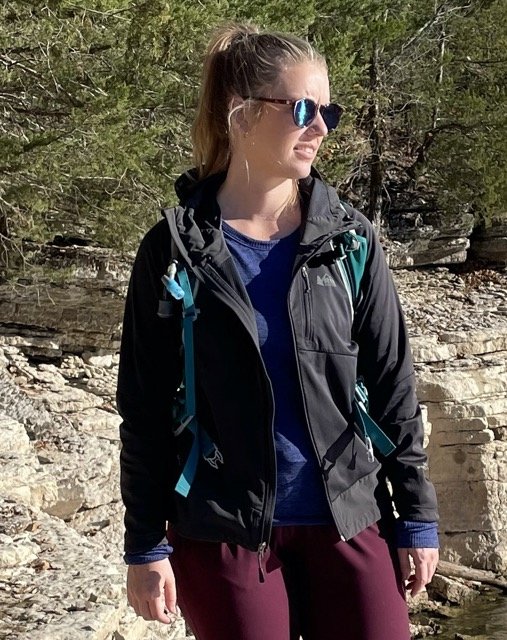 What Are The Most Important Things To Be Aware Of When It Comes To Outdoor Clothes?
What Are The Most Important Things To Be Aware Of When It Comes To Outdoor Clothes? The capability to layer clothing is essential when choosing outdoor clothes. It's the capability of clothes to be adapted and combined according to changes in weather conditions, levels of activity, as well as comfort. It is important to be aware of these aspects about layers' flexibility: versatility. Layering allows you to adapt your clothes to various conditions and temperatures. You can control your body's temperature by layering layers.
The base layer must be the foundation of any layering system. It should be close-fitting, lightweight, and moisture-wicking to control the moisture. The versatile base layer can be utilized in a variety of weather conditions as the first layer of insulation, or as an individual piece in warmer temperatures.
Mid-Layer - Mid-layers are comprised of synthetic insulation, or down. They are warm and also act as an insulator. They can be constructed of materials such as synthetic insulation, fleece or down. The ability to change or remove mid-layers as needed is the reason they are flexible. Layering flexibility is possible thanks to the weights and the thicknesses of mid-layers.
Outer layer/Shell. The outer layer, also known as shell acts as protection from the elements. It should be designed to be able to hold the layers underneath while providing adequate protection against weather. The versatility of the outer layer is its ability to be worn in a variety of ways or as a final protection layer when combined with other layers.
Look for items that are adjustable for a more customized fit, like hoods or drawcords at the hem. These options can be customized to suit your body type and permit you to alter the layering and weather conditions.
Breathability: To ensure maximum layers, you'll need clothing that breathes. Moisture vapor must be able of escaping from the inner layers, preventing you from feeling damp or cold. The breathability of the fabrics and ventilation options inside the garments ensure comfort during activities with varying intensity.
Packability - Consider the ability to pack each layer if your plans include changing weather conditions or additional layers to carry in bags. Lightweight and compressible layers can be carried more easily and allow you to adjust your clothing system according to the needs.
Consider Activity and Weather- Layering flexibility is largely contingent on the particular activity you'll be engaged in as well as the weather conditions you expect to encounter. For outdoor activities like ski, hiking, and climbing, the mix of layers you'll need will be different. When deciding on and adjusting layers, keep in mind the weather conditions, such as the temperature and wind speed, as well as rain and the duration.
Personal Comfort- Allowing you to adjust your layers to your personal comfort preferences, you will be able to create an outfit that is tailored to your needs. It is possible that certain individuals will feel colder in certain conditions than others, so the ability to alter the layers as necessary can enhance overall comfort.
You should think about layering flexibility for an outfit that can be flexible and adaptable. This will enable you to enjoy maximum comfort and safety during outdoor adventures. You can find the perfect balance by experimenting with different layers and making adjustments as needed. View the most popular
lightweight merino wool base layers for site tips including merino base layer mens, wool cycling, ls navy, best skiing base layer, climbing pico de orizaba, best thermals and baselayer merino.
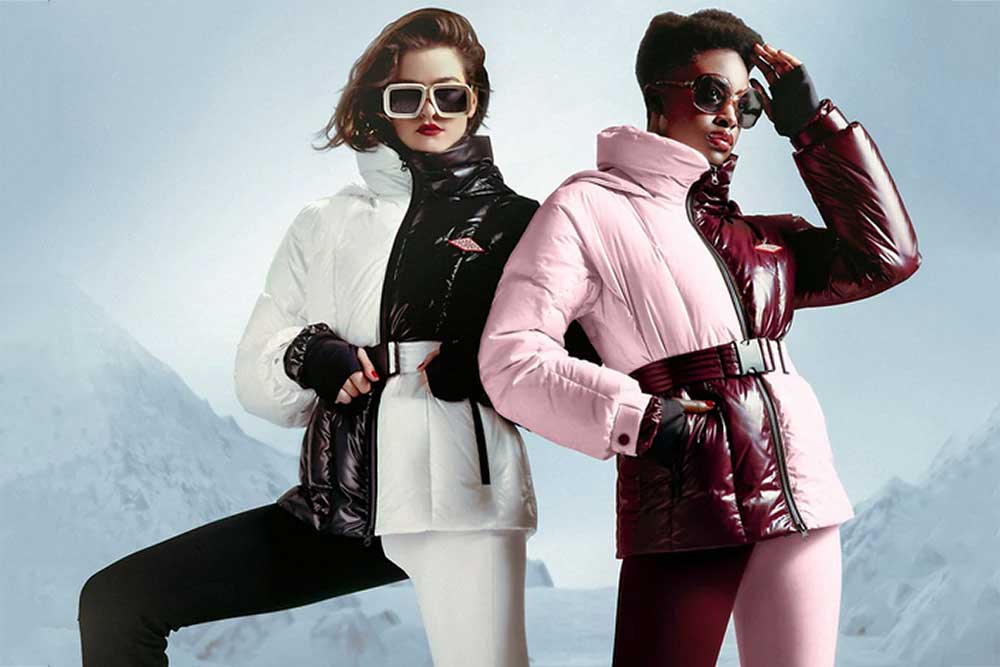 What Are The Advantages Of Yak Wool Thermal Sweaters, Pants And Leggings?
What Are The Advantages Of Yak Wool Thermal Sweaters, Pants And Leggings? The unique properties of yakwool make it possible to provide a range of advantages. Yak wool is renowned for having excellent insulation qualities. It's able to hold air in its fibers and provide incredible warmth in temperatures that are cold. Yak wool clothes include pants, sweaters, and leggings, are able to keep you cozy and comfortable in chilly environments.
Softness and ComfortThe softness and comfort Yak wool is remarkably soft and gentle against your skin, which makes it ideal for wearing as a thermal layer. It doesn't itch as much as other wools, which means it is perfect for sensitive skin.
Moisture Control- Yak wool is a material that wicks moisture just like other types of wool. It can absorb moisture vapour from your body and release it to the air. It will remain dry and sweat won't accumulate. This helps regulate body temperature and reduces the chance that you will feel damp or uncomfortable when exercising.
Yak has antimicrobial qualities that help to stop the growth of bacteria that cause odor. In comparison to other fabrics such as cotton, yak wool clothing are more durable and require less washing.
Breathability Yak wool is breathable, allowing the air to circulate, and heat to escape when necessary. It prevents overheating and excessive perspiration when engaging in active pursuits. The yak clothing's breathability is a major contributor to temperature control and overall comfort.
Lightweight and Packable- Despite its warmth it is light, making it simple to layer and wear. Yak wool garments can fold up or roll up to make them suitable for travelling and outdoor activities.
Natural Insulation- Yak wool possesses natural insulation properties that help maintain body temperature in hot and cold environments. It helps keep you warm when the temperatures are lower, but helps to dissipate heat when temperatures rise.
Yak wool is an environmentally friendly and sustainable material. Yaks are well adapted to extreme mountain conditions and need very little human interference for their wellbeing. Biodegradable yak yarn reduces environmental impact compared to synthetic materials.
It is essential to note that the performance and benefits of clothing made from yak can differ in relation to both the quality of wool and the style of the garment. When buying yak wool pants, sweaters, or leggings, be sure that they are from trusted brands that use top-quality wool from yaks and that they are made with the correct craftsmanship.
Yak wool thermal garments are an excellent choice for those who want warmth and ease of wearing. They also offer airflow, moisture management, odor resistance, and are extremely comfortable. They are a natural and sustainable choice for people who require solid insulation for cold weather conditions. Take a look at the most popular
womens wool for blog tips including merino wool thermals, merino wool neck gaiter, wool long johns, kora clothing, base layers for skiing, yak wool and hiking clothes for women.


















































%20TPCC2.jpg)
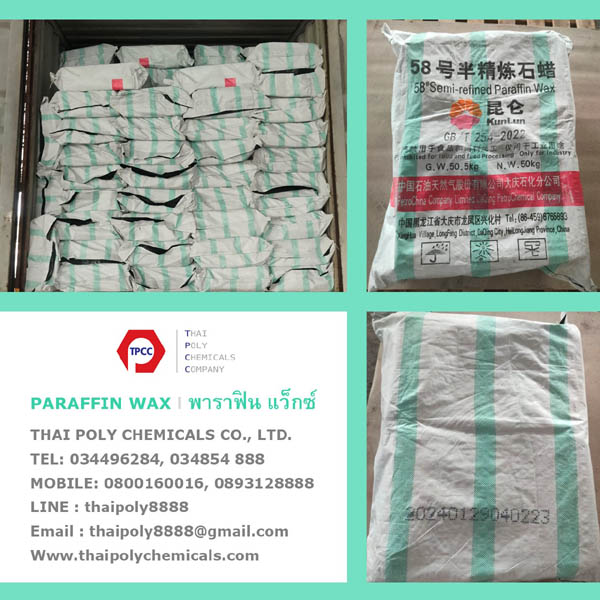


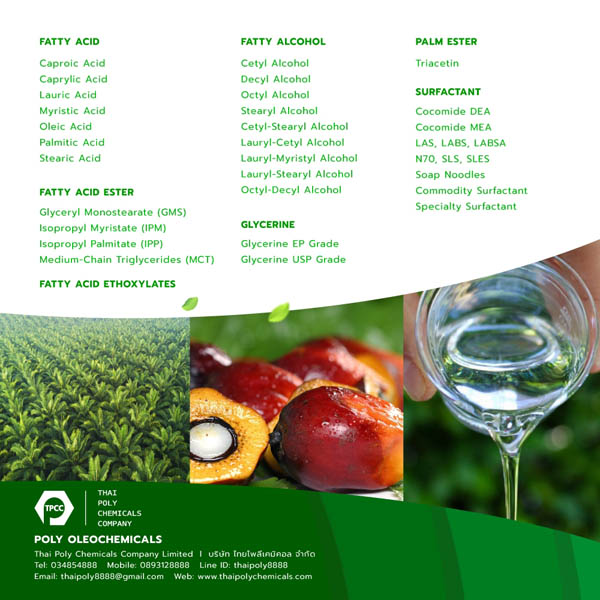



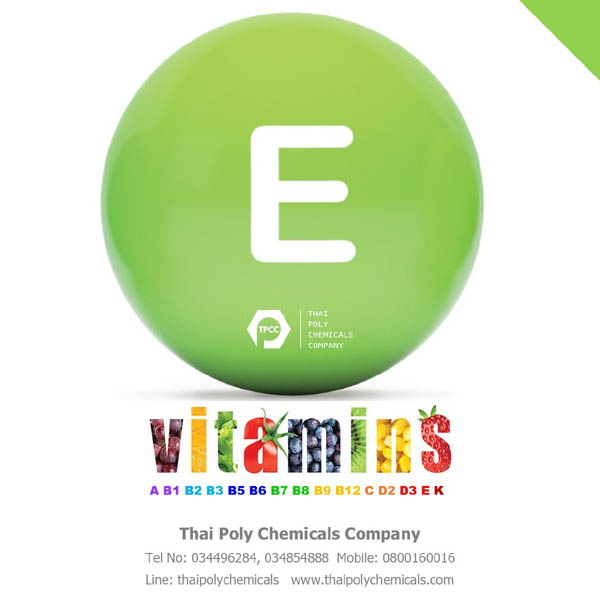




























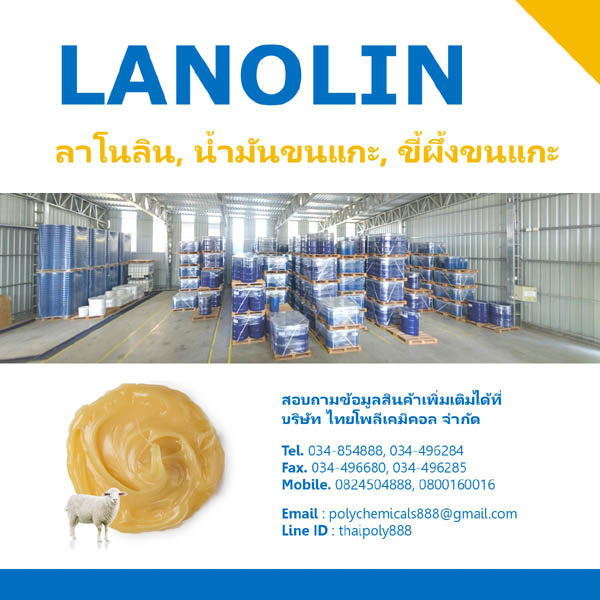




























































%20TPCC2.jpg)















































